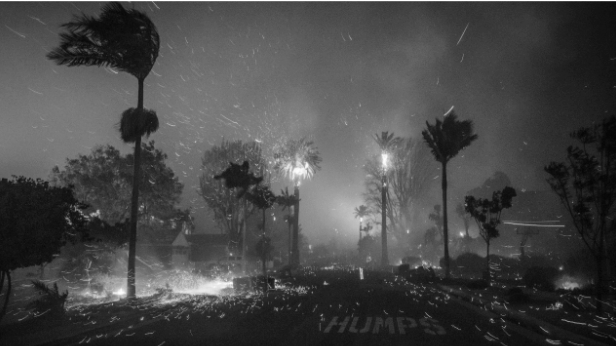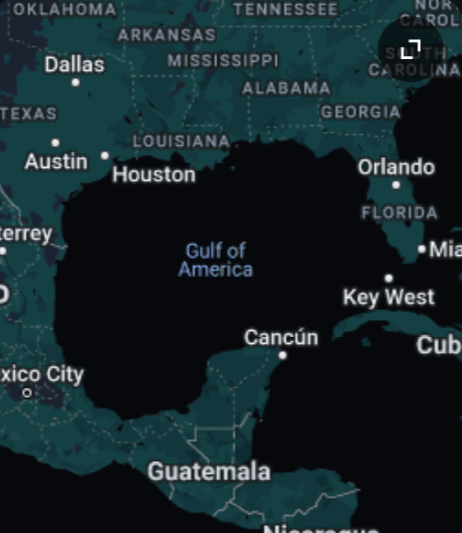Hurricane Ian, aftermath; Environmental effects from disaster
Satellite image of Fort Myers. Runoff from Ian caused the discoloration of the water.
October 27, 2022
Sharks are swimming in the streets of Fort Myers after Hurricane Ian hit the shore.
Storm surges–the abnormal rise of water generated by a storm–of up to 12 feet above ground level were recorded in the area, according to National Environmental Satellite Data and Information Service. These surges cause beach erosion and damage to coastal habitats, according to climate.gov.
Areas inland thought they would be safe from flooding, but according to PBS, the floodwaters rise to all water levels in the area, including rivers. The Myakka River, in the southwest part of Florida, was predicted to reach a record-high flood stage at 12.5 feet. Nearby, the Peace River was set to be 24 feet high.
“As floodwater carries material from the eroded banks, it suspends sediment in the water, which can degrade water quality and lead to harmful blooms of algae,” National Geographic explains. Flooding can also cause habitat destruction in the surrounding areas and within the river itself. “Fish can be displaced and their nests destroyed.”
While floods may carry disease and pesticides with them and spread it around the area, they can also carry nutrients and recharge groundwater if the water reaches underground aquifers, which fuel springwater, according to National Geographic.
The larger the flood, the more drastic the effects. According to the Washington Post, manatees often get trapped on land when the floodwaters recede. Despite these water animals being accustomed to dealing with hurricane weather, global warming has caused the severity of storms in recent years to increase drastically. This, along with decreasing populations of wildlife due to other factors, makes it difficult for the animals to recover from such a natural disaster.
The floodwaters not only contaminated the water for the people in the area but also destroyed wildlife in the area, picking up debris and bringing it along for a path of destruction.
Senior Alex Tobias says Hurricane Ian is bad. “It’s bad because it destroyed so many homes and wildlife in Florida and [other] islands.
“I think it’s devastating for Florida and the rest of the southeast,” alumnus Andrew Hartlove adds.
Spanish teacher Señora Jean Buttitta is “grateful that we are not in the path” of Ian. She has a sister who lives in Florida. “She got out. She and her husband went to DC. They were planning on coming up this way anyway, so they just came up earlier,” she says. “Amazingly, they just lost power, so they lucked out. But then, a sister-in-law who is further down south had quite a bit of damage, and my buddy, who is a dean at the University of South Florida, said their campus was hurt badly.”

















